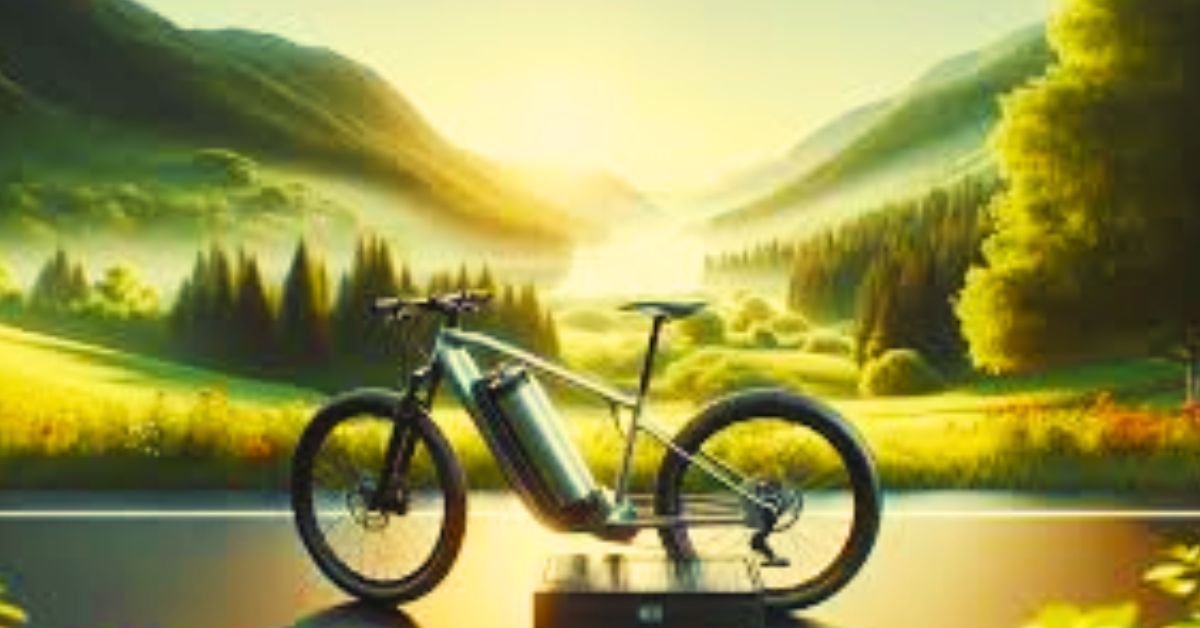Electric bikes, or e-bikes, are transforming the way people move around cities, commute to work, and enjoy recreational rides. E-bikes blend traditional bicycle mechanics with motor and battery technology to provide a smoother, faster, and often more enjoyable riding experience. In this article, we’ll dive deep into the technology that makes e-bikes work, focusing on the motors, batteries, and the systems that make these bikes unique.
What is an E-Bike?
An e-bike is a bicycle equipped with an electric motor that assists the rider’s pedaling effort. While some e-bikes allow for fully motorized riding, most use “pedal-assist,” where the motor provides additional power based on the force exerted by the rider. The motor, battery, and sensors combine to deliver a seamless ride that can be easier and faster than traditional cycling.
E-Bike Motor Technology
The motor is the core component of any e-bike, as it provides the power needed to assist or propel the bike. E-bike motors come in several types, each with its own advantages and applications.
1. Types of E-Bike Motors
There are three main types of e-bike motors: hub motors, mid-drive motors, and friction drive motors.
- Hub Motors: Hub motors are located in the center of either the front or rear wheel. They directly propel the wheel, meaning they do not rely on the bike’s chain or gears. Hub motors are popular due to their simplicity and ease of maintenance. They are typically quieter than mid-drive motors but may lack the torque needed for steep inclines.
- Mid-Drive Motors: Mid-drive motors are positioned near the bike’s pedals, providing power directly to the bike’s chain, which then propels the wheels. This setup allows for better weight distribution, improved torque, and compatibility with the bike’s gearing system. Mid-drive motors are more efficient for climbing hills but can be more complex to maintain.
- Friction Drive Motors: These motors are less common and work by applying friction to the wheel’s surface, which propels the bike forward. Although lightweight, they tend to be less efficient and may wear down tires more quickly.
2. Motor Power and Torque
Motor power is usually measured in watts (W), while torque is measured in newton meters (Nm). E-bikes typically range from 250W for lighter city bikes to 750W or higher for powerful off-road or cargo bikes. Torque, on the other hand, is crucial for providing acceleration and handling steeper inclines. Higher torque ratings are better for hilly terrain, while low-torque motors are often sufficient for flat urban areas.
Battery Technology in E-Bikes
Batteries are the energy source that powers the motor and sensors in an e-bike. Choosing the right battery type, capacity, and placement on the bike is essential for achieving the desired range, weight, and performance.
1. Types of E-Bike Batteries
Most e-bikes use lithium-ion (Li-ion) batteries, though some may still use older lead-acid or nickel-metal hydride (NiMH) batteries.
- Lithium-Ion Batteries: The most common type due to their light weight, high energy density, and long lifespan. Li-ion batteries can be recharged hundreds of times and provide a consistent flow of power.
- Lead-Acid Batteries: Heavier and less efficient, lead-acid batteries are less common today but remain inexpensive. They are usually found in low-end or older e-bikes.
- Nickel-Metal Hydride (NiMH) Batteries: NiMH batteries offer decent performance but are heavier and not as widely used as Li-ion batteries. They are somewhat more eco-friendly than lead-acid batteries but fall short of the efficiency of Li-ion.
2. Battery Capacity and Range
Battery capacity is measured in watt-hours (Wh), which indicates how much energy a battery can store. A typical e-bike battery ranges from 250 Wh to 750 Wh or more. Higher watt-hours mean a longer range, allowing riders to travel further on a single charge. However, factors like terrain, rider weight, and assist level also impact range.
3. Battery Placement
Battery placement on an e-bike affects balance, stability, and aesthetics. Most e-bikes feature batteries mounted on the frame or integrated into the downtube. Placement within the frame center improves weight distribution, making for a more balanced and comfortable ride.
Understanding the Controller and Sensors
E-bikes rely on sensors to control motor assistance, ensuring a smooth ride and responsive power application.
1. Types of Sensors
Two primary sensors control motor output in e-bikes: cadence sensors and torque sensors.
- Cadence Sensors: These sensors measure the pedaling speed (cadence) and engage the motor when the pedals are turning. They are more affordable and provide a consistent boost but lack the fine-tuned response of torque sensors.
- Torque Sensors: These sensors measure the pressure applied to the pedals, allowing the motor to respond with more or less power depending on the rider’s effort. Torque sensors provide a natural riding experience and are commonly found on higher-end e-bikes.
2. The Role of the Controller
The controller is the “brain” of the e-bike, managing how much power the motor provides based on input from the sensors. It adjusts power output in real-time, allowing for smooth acceleration, efficient battery usage, and consistent motor performance.
Charging and Maintenance
Charging an e-bike battery typically takes 3-6 hours, depending on the battery’s capacity and charger. Most e-bikes come with a charger that connects to standard outlets, making charging easy at home or work.
To extend battery life, avoid fully depleting the battery before recharging, and store it in a cool, dry place. Regular motor and sensor maintenance can also prolong the e-bike’s life and keep it running smoothly.
Conclusion
E-bikes represent a significant leap forward in personal transportation, combining motor, battery, and sensor technology to create a practical, efficient, and eco-friendly way to travel. With advances in motor efficiency, battery capacity, and sensor responsiveness, e-bikes are becoming more capable and accessible than ever before. As e-bike technology continues to evolve, it promises to make cycling an even more viable and enjoyable choice for people everywhere.


